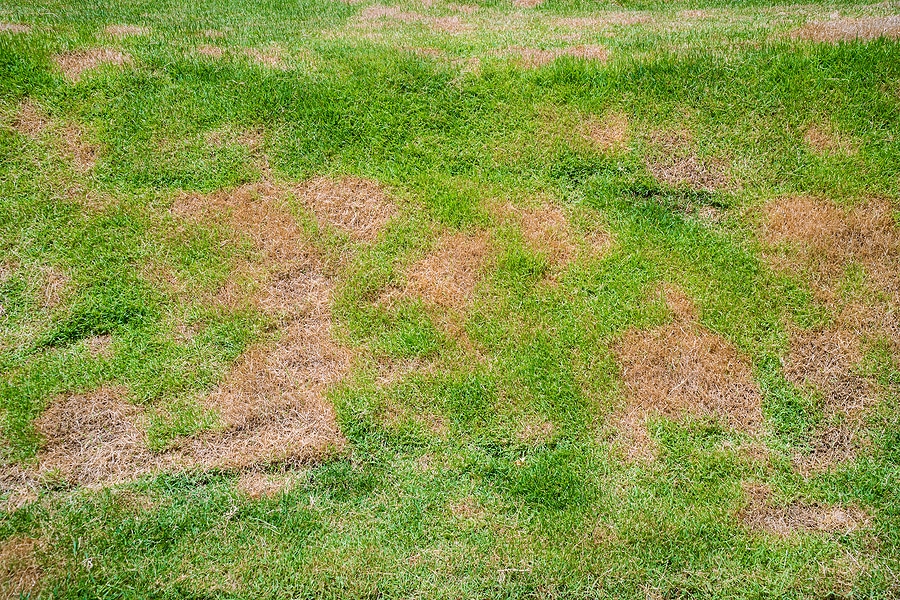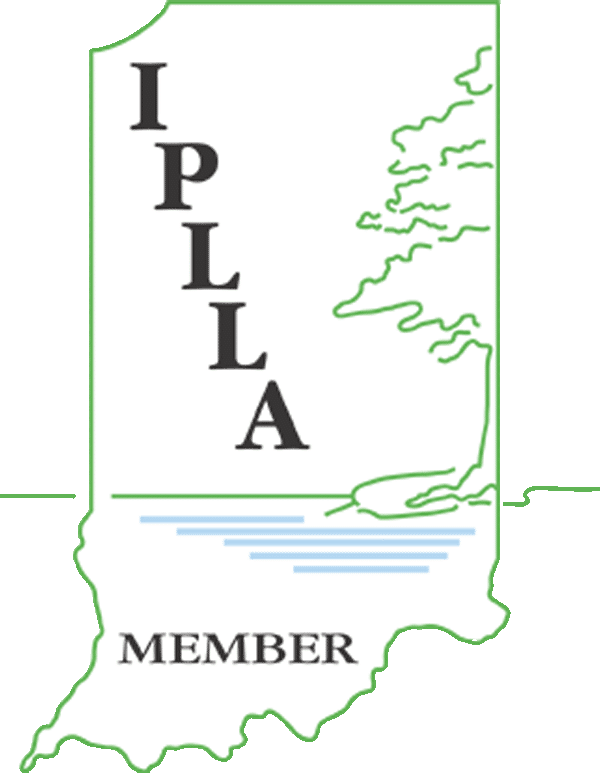Understand and Address Patch Diseases in Indiana Lawns
Patch diseases can wreak havoc on residential lawns, especially in Indiana, where humid summers and unpredictable weather create the perfect environment for fungal growth. Homeowners in Indianapolis and surrounding areas take pride in maintaining lush, healthy turf, but if left untreated, patch diseases can quickly lead to unsightly brown or dead spots. At SunBlest Lawn Care, we understand patch diseases, their common causes, and the challenges of maintaining a beautiful lawn in Indiana’s climate.
What Are Patch Diseases?
Patch diseases are fungal infections that create circular or irregularly shaped patches of discolored or dead grass in your lawn. While there are various types, Lee Miller of Purdue University Turfgrass Science has noted that the most common patch diseases affecting Indiana lawns in spring include Pink Snow Mold, Red Thread, and Dollar Spot.
Common Causes of Patch Diseases
Fungal diseases in lawns thrive under specific conditions; understanding these factors is key to preventing outbreaks. Excess moisture—due to overwatering, poor drainage, or prolonged humidity—creates an ideal environment for fungi to flourish. Additionally, improper mowing practices, such as cutting the grass too short, weaken the lawn and make it more vulnerable to infection. Thatch buildup, a layer of dead organic matter, also contributes to fungal growth by preventing proper air circulation and trapping moisture near the soil surface. Not to mention, lawns lacking essential nutrients, particularly nitrogen, are less equipped to defend against fungal invasions. Proper care and attention to these factors can significantly reduce the risk of fungal diseases, keeping your lawn healthy and resilient.
How to Prevent and Treat Patch Diseases
Preventing and treating patch diseases requires proper lawn care and timely intervention. Allow grass to dry by avoiding evening watering and watering deeply but infrequently in the early morning. When mowing, use sharp mower blades to keep grass at 3-4 inches. Moreover, aerate and dethatch regularly to improve drainage and reduce compaction. During active outbreaks, apply fungicides as needed, following product instructions, or consult a professional like SunBlest Lawn Care for comprehensive disease control services.
Partner with SunBlest Lawn Care
SunBlest Lawn Care offers customized disease control and fertilization programs to keep your lawn in peak condition year-round. While patch diseases can be frustrating, proactive maintenance and expert treatment can restore and maintain a healthy lawn. Choose SunBlest Lawn Care for expert diagnosis, tailored treatment plans, and ongoing care. Contact us at (317) 279-4829 for an instant quote today, and let us help your lawn reach its full potential!
Latin, Richard. 2013. “Identifying Turf Diseases.” Turfgrass Disease Profiles BP-124 W. https://www.extension.purdue.edu/extmedia/BP/BP-124-W.pdf

